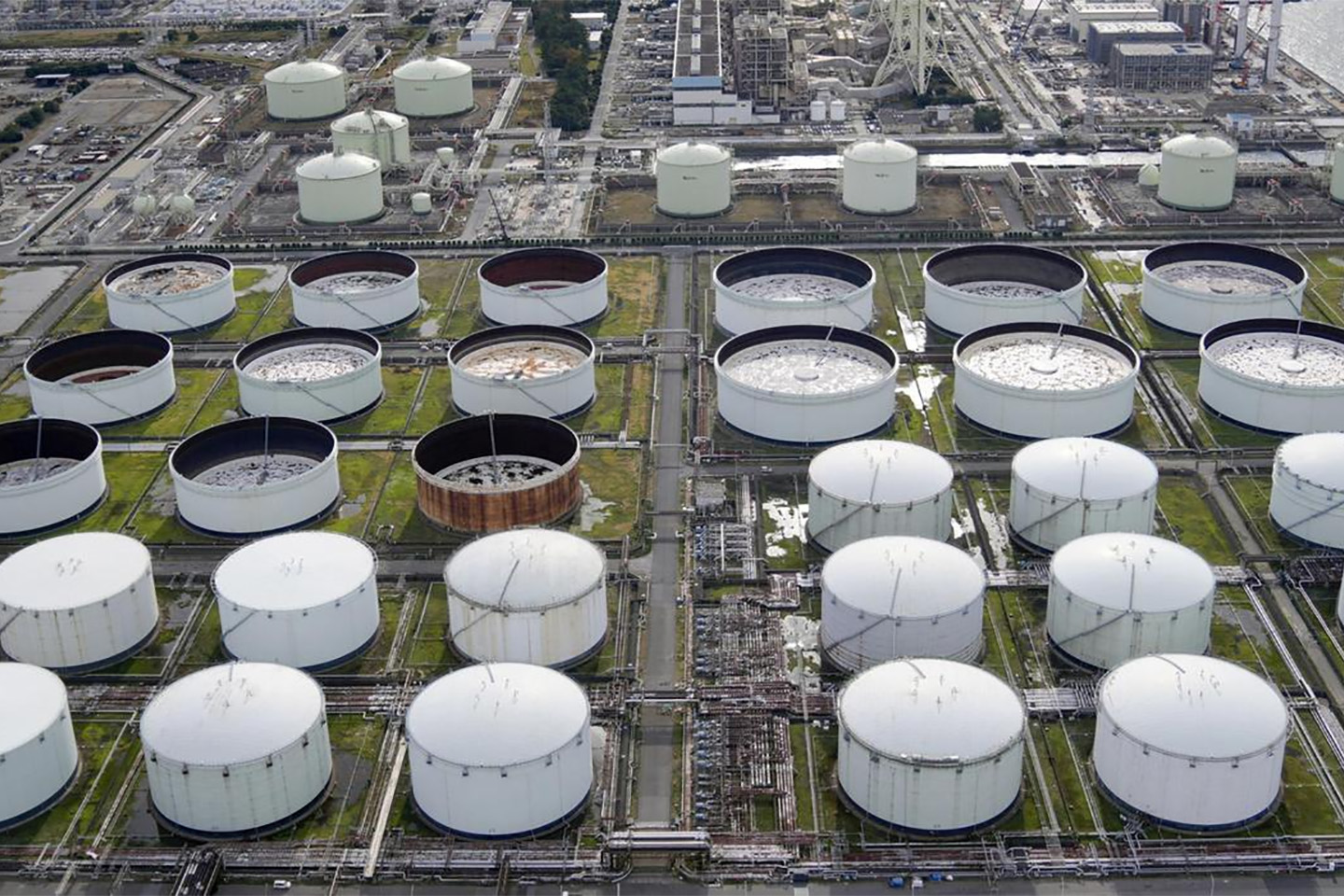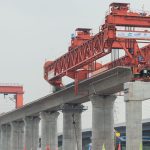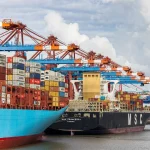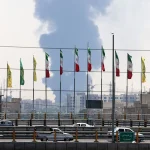Liga Asuransi – Dear Readers, how are you? I hope you are doing well.
As always, on this website, we will discuss risk management and insurance; this time, we will discuss the Risk and Insurance of Oil and Gas storage.
As a senior insurance broker, we are interested in discussing this subject due to the importance of oil and gas as the primary energy source. On the other hand, it is considered a high-risk business.
We welcome all our new readers and hope you enjoy this article. We have plenty of risk management and insurance articles, and please find them by clicking the headlines above.
If you are interested in this article, please share it with your friends so they can understand as you do.
The types of oil and gas storage.
For your information, oil and gas storage refers to the facilities and equipment used to store crude oil, natural gas, and other petroleum products.
These facilities are an essential part of the oil and gas industry, as they allow companies to store large quantities of oil and gas for future use or transport.
There are different types of oil and gas storage facilities, including:
- Above-ground storage tanks are large tanks that store crude oil and other petroleum products. They are typically made of steel and can range in size from small tanks that hold a few hundred gallons to large tanks that contain millions of gallons.
- Underground storage tanks: These tanks are located underground and are used to store petroleum products such as gasoline, diesel fuel, and heating oil. They are typically made of steel or fiberglass and have a capacity of up to several thousand gallons.
- Salt caverns: Some companies use salt caverns to store natural gas. These caverns are created by drilling into salt formations and then dissolving the salt with water to create ample underground storage space.
- Pipelines: Some pipelines store crude oil and other petroleum products. These pipelines can transport oil and gas from one location to another and keep the product in transit.
Oil and gas storage facilities can pose various risks, such as the potential for leaks or spills, fires, and explosions. Therefore, it is important for companies to implement strict safety protocols and procedures to ensure that these risks are mitigated.
What are the components of oil and gas storage?
Oil and gas storage facilities can be made up of several different components, depending on the type of storage and the facility’s specific needs. Here are some of the common parts of oil and gas storage:
- Storage tanks are the most common component of oil and gas storage facilities. These tanks can be made of steel, fiberglass, or concrete and can vary in size from small above-ground tanks to large underground tanks. The tanks store crude oil, refined petroleum products, and natural gas.
- Pumps and valves: Pumps and valves are used to move petroleum products between tanks and to load and unload tankers and other transport vehicles. These components are critical to the efficient operation of the storage facility.
- Pipe systems: Pipes transport petroleum products between tanks, pumps, and valves. These pipes must be designed to handle the specific type of product being transported and to withstand the pressures and temperatures involved.
- Secondary containment: Secondary containment systems are designed to prevent spills or leaks from escaping from storage tanks or other equipment. These systems can include secondary tanks, liners, or containment walls.
- Fire suppression systems: Fire suppression systems are designed to quickly detect and extinguish fires in the storage facility. These systems can include sprinkler systems, foam systems, and dry chemical systems.
- Monitoring systems detect leaks, spills, or other hazards in the storage facility. These systems can include sensors, alarms, and automatic shutdown systems.
- Environmental controls: Environmental controls are used to manage the air and water quality in and around the storage facility. These controls include emissions controls, wastewater treatment systems, and stormwater management systems.
All these components must work together to ensure the storage facility’s safe and efficient operation while minimizing the risk of accidents or environmental damage.
How does the operation of oil and gas storage work?
The filling and delivering of oil and gas from a storage facility can vary depending on the specific storage system and the intended use of petroleum products. Here is a general overview of the process:
- Filling the storage tanks: Crude oil or refined petroleum products are transported to the storage facility by pipeline, truck, or tanker ship. Pumps and valves transfer the oil or gas into the storage tanks.
- Monitoring the storage tanks: Once the oil or gas is in the storage tanks, it is essential to monitor the levels and quality of the products. This can be done using sensors and monitoring equipment that track the storage tanks’ temperature, pressure, and volume.
- Delivering the oil and gas: When it is time to deliver the oil or gas to customers or another storage facility, the product is pumped out of the storage tanks and into transport vehicles such as tanker trucks, pipelines, or tanker ships.
- Quality control: Before the oil or gas is delivered, it is important to test it to ensure that it meets the specifications for the intended use. This can involve testing the product for impurities, water content, and other factors.
- Transporting the oil and gas: Once the product is loaded into the transport vehicles, it is transported to its destination. This can involve driving the tanker trucks to a local gas station or delivering the oil or gas to another storage facility by ship or pipeline.
- Offloading the oil and gas: Once the transport vehicle arrives at its destination, the oil or gas is offloaded using pumps and valves. The product is then stored in a tank or used immediately for its intended purpose.
Throughout the process, it is essential to maintain strict safety protocols to prevent accidents, spills, or leaks. This can include regular maintenance of equipment, stringent quality control measures, and emergency response plans in the event of an accident or incident.
What is the investment value of oil and gas storage?
The investment value of an oil and gas storage facility can vary greatly depending on the size and complexity of the facility, the location, and other factors such as the cost of land, labor, and materials.
Building a storage tank can range from several hundred thousand dollars to several million dollars, depending on the size and type of tank. For example, a small, above-ground storage tank may cost a few hundred thousand dollars, while a large, underground storage tank may cost several million dollars.
In addition to the storage tanks, costs are associated with the infrastructure needed to support the tanks, such as pumps, valves, monitoring equipment, and security systems. There may also be costs associated with obtaining permits, complying with environmental regulations, and other factors.
The accidents in oil gas storage in Indonesia
The potential risks and dangers associated with oil and gas storage in Indonesia highlight the importance of implementing strict safety measures to prevent accidents and minimize the impact of any incidents that do occur.
There have been several accidents at oil and gas storage facilities in Indonesia. Here are a few examples:
- Balongan oil refinery fire: In March 2021, a massive fire broke out at the Balongan oil refinery in West Java. The fire was caused by a leak in a pipe that ignited a large oil tank and resulted in several explosions and a massive plume of black smoke. The incident resulted in several injuries and forced the evacuation of nearby residents.
- Cilacap oil refinery fire: In October 2020, a fire broke out at the Cilacap oil refinery in Central Java. The fire was caused by a leak in a crude oil distillation unit, resulting in a huge plume of black smoke. The incident resulted in several injuries and forced the evacuation of nearby residents.
- Balikpapan oil spill: In April 2018, an oil spill occurred in Balikpapan, East Kalimantan. The spill was caused by a ruptured undersea pipeline, resulting in a large amount of oil spilling into the ocean. The incident caused significant environmental damage and led to a cleanup effort that lasted for several months.
- Plaju oil refinery fire: In May 2017, a fire broke out at the Plaju oil refinery in South Sumatra. A pipeline leak and a large plume of black smoke caused the fire. The incident resulted in several injuries and forced the evacuation of nearby residents.
What types of insurance are needed for the storage of oil and gas?
Several types of insurance are essential for oil and gas storage facilities, including:
- Property insurance: This type of insurance provides coverage for damage or loss to the physical property of the oil and gas storage facility, including tanks, pipelines, and other equipment.
- Business interruption insurance: This type of insurance provides coverage for losses resulting from interruptions to the business operations of the oil and gas storage facility, such as an accident or other disruption.
- General liability insurance covers bodily injury or property damage in the oil and gas storage facility, such as a fire or explosion.
- Environmental liability insurance covers environmental damage that may result from an oil and gas storage facility accident.
- Workers’ compensation insurance: This type provides workers’ insurance coverage for injuries or illnesses at the oil and gas storage facility.
The specific types and amounts of insurance needed for an oil and gas storage facility may vary depending on the size of the facility, the type of operations being conducted, and other factors. The facility needs to work with an experienced insurance broker to determine the appropriate types and amounts of coverage needed to protect against potential risks and liabilities.
Why do oil and gas storage operators need an insurance broker?
Oil and gas storage operators need an insurance broker for several reasons:
- Expertise: Insurance brokers have specialized knowledge of the insurance industry and the risks and liabilities associated with oil and gas storage operations. They can provide expert guidance on the types and amounts of coverage needed to protect against these risks.
- Access to insurance markets: Insurance brokers have access to a wide range of insurance markets, which allows them to find the best coverage at the most competitive prices.
- Customized solutions: Insurance brokers can work with oil and gas storage operators to develop customized insurance solutions tailored to their operations’ specific needs and risks.
- Claims management: In the event of a loss or liability, insurance brokers can provide support and guidance on the claims process, helping the operator to navigate the complex insurance landscape and maximize their coverage.
Working with an experienced insurance broker can help oil and gas storage operators protect their businesses from the wide range of risks and liabilities associated with this industry and ensure that they have the appropriate insurance coverage to meet their needs.
One of the leading insurance broker focusing oil and gas is L&G Insurance Broker.
For all your insurance needs call L&G Now!
—
LOOKING FOR INSURANCE PRODUCTS? DON’T WASTE YOUR TIME AND CALL US RIGHT NOW
24 HOURS L&G HOTLINE: 0811-8507-773 (CALL – WHATSAPP – SMS)
website: lngrisk.co.id
E-mail: customer.support@lngrisk.co.id
—













